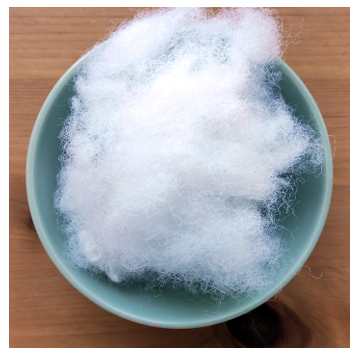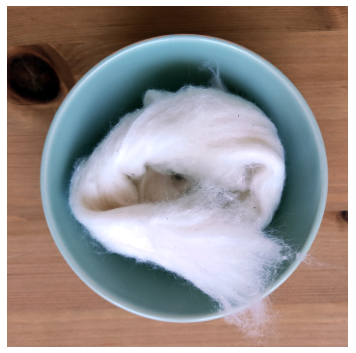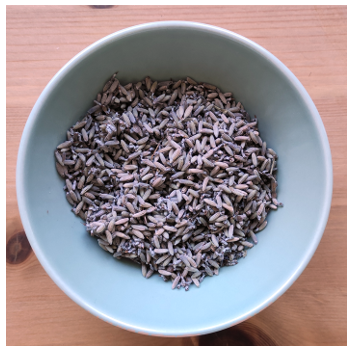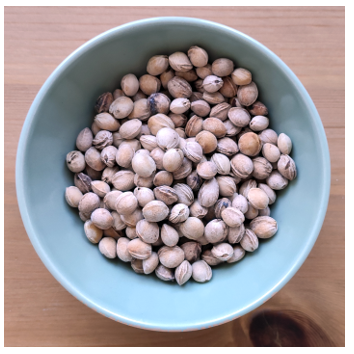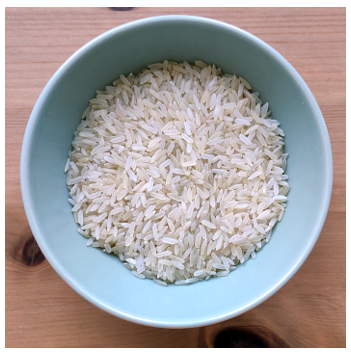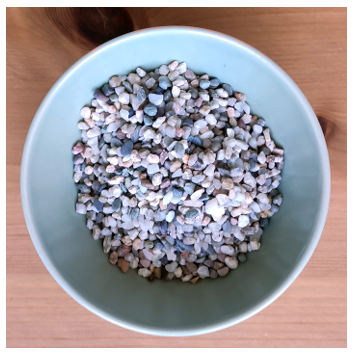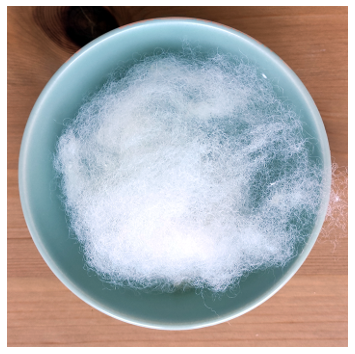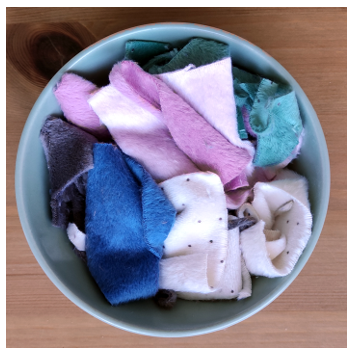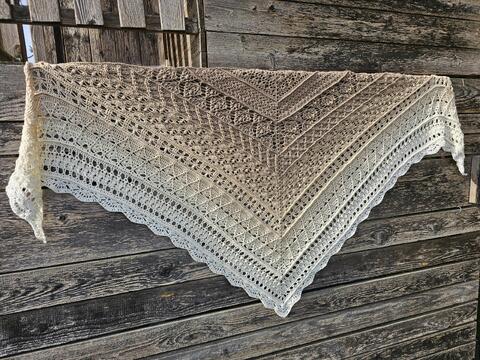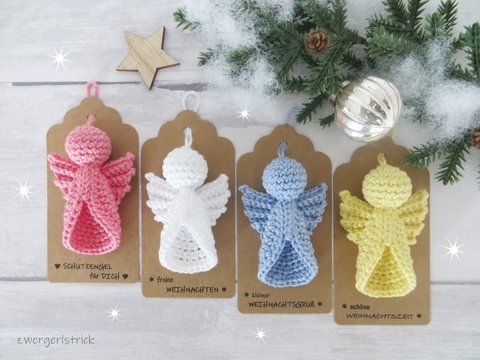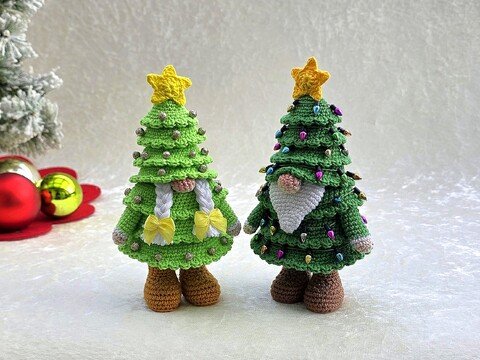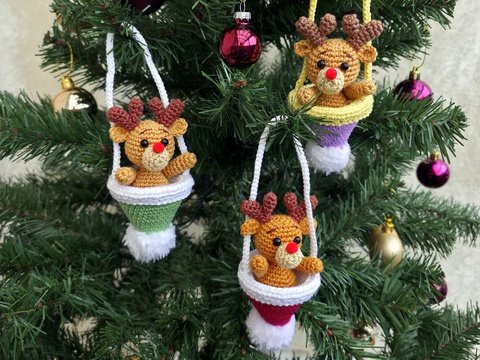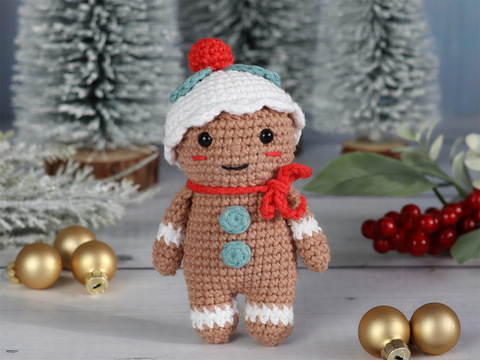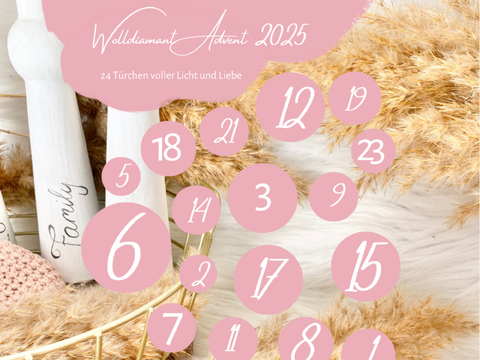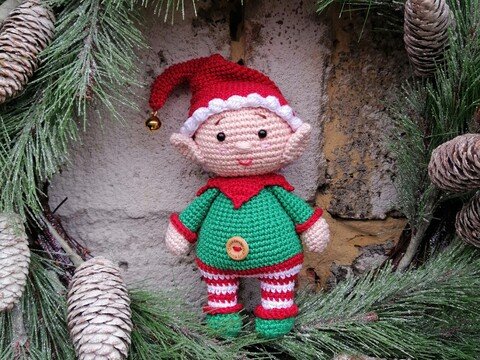Amigurumi, the cute handmade crocheted or knitted stuffed animals, enjoy great popularity worldwide. In addition to the choice of yarns, the right filling material also plays a crucial role in the look, feel and quality of the finished amigurumi. This blog post is about different filling materials, from the traditional to more unusual options like lavender flowers, cherry stones, rice and gravel. I'll go into their production, properties, and costs to help you choose the right filling material for your amigurumi projects. At the end, you'll find a summary for a quick comparison.
Polyester fibers
Polyester fibers are probably the most commonly used filling material for amigurumi. It is made of synthetic fibers that are soft, lightweight and voluminous. Making polyester fibers involves cutting polyester fibers into short lengths, which are then formed into bundles or cotton balls. These bundles or balls are compressed into filling pillows or rolls and can be available in a variety of densities.
Polyester fiber provides a soft, uniform filling for amigurumi. It can be easily shaped and stuffed to achieve the desired shape and fullness of the amigurumi. The material is relatively inexpensive and available at a variety of craft and fabric stores, as well as online.
Advantages of polyester fibers:
- Soft and lightweight
- Easy to use and stuff
- Affordable
Disadvantages of polyester fibers:
- Loss of volume and possible lumping over time
Cost: The cost of polyester fibers varies depending on quantity and quality. Generally, you can expect to pay around 5 to 10 euros per 1000 grams.
Cotton fibers:
Cotton fibers are a natural alternative to polyester fibers. They are extracted from cotton plants and provide a soft and stable texture. Cotton fibers are picked from the plant as small bunches, which are then made into filler pillows or rolls.
Cotton fibers are hypoallergenic, making them a good choice for those with sensitive skin or allergies. They retain their shape well and do not clump as easily as polyester fibers. Cotton fibers can be purchased at handmade stores, organic stores, or online.
Advantages of cotton fibers:
- Very soft and hypoallergenic
- Retains shape well
- Natural alternative
Disadvantages of cotton fibers:
- Somewhat more expensive than polyester fibers
Cost: The cost of cotton fibers varies depending on the quality and origin. For about 1000 grams, you can expect prices from 10 to 15 euros.
Granules:
Granules, such as plastic granules or glass sand, are often used in combination with other filling materials to give the amigurumi a certain weight and stability. Granules are made by crushing plastic or glass into small grains.
Granules are especially good for amigurumis that need to stand upright, as it gives them the weight and stability they need. However, it can be difficult to distribute the granules evenly, and it requires extra care to make sure they don't leak out of the amigurumi between stitches. Plastic granules or glass sand for amigurumi can be found in craft stores, online stores for needlework supplies, or even model stores.
Advantages of granules:
- Gives weight and stability to the amigurumi
- Ideal for upright amigurumis
Disadvantages of granules:
- Difficult to spread evenly
- Requires special care to prevent spillage
Cost: The cost of granules varies depending on the type and quantity. As a rule, the price is about 5 to 15 euros per kilogram.
Lavender flowers:
Lavender flowers are obtained from the lavender plant and exude a pleasant fragrance. Making lavender flowers as a filling material involves drying the flowers and removing the stems. Lavender flowers can give the amigurumi a calming effect and are especially suitable for sleeping or relaxation pillows.
Advantages of lavender flowers:
- Pleasant fragrance
- Calming effect
Disadvantages of lavender flowers:
- Mildew formation when wet
- not suitable for people who are sensitive to odors
Cost: the cost of lavender flowers varies depending on the quality and quantity. As a rule, you can expect prices of about 10 to 20 euros per 1000 grams.
Cherry pits
Cherry pits are the hard seeds inside cherries. They are dried and cleaned to be used as filling material. Cherry pits have a natural heat and cold retention ability. They can be heated or cooled in the microwave or freezer and serve as a heat pad or cold pack.
Advantages of cherry pits:
- Natural heat and cold retention.
- Versatile use as a heat pad or cold pack
Disadvantages of cherry pits:
- Very hard
- Uniform filling difficult
Costs: the cost of cherry stones varies depending on quality and quantity. As a rule, you can expect prices of about 10 to 15 euros per kilogram.
Rice
Rice is an inexpensive and readily available filling material. It is often used in combination with other materials to add weight and stability to the amigurumi. However, using rice as a filling material requires special care to ensure that it does not come into contact with moisture and become moldy.
Advantages of rice:
- Cheap option for weight and stability
Disadvantages of rice:
- Must not get wet
- Can get stuck between meshes
Cost: The cost of rice is relatively low and depends on the amount you need. A kilo of rice is available in the supermarket for around 2 euros.
Gravel
Gravel is another unusual filling material that provides weight and stability. It is usually cleaned and dried before it is used. Gravel can be a good option for larger amigurumis or those that need to stand upright.
Advantages of Gravel:
- Adds weight and stability to the amigurumi
Disadvantages of gravel:
- Possibly black-edged
- for Amigurumis only suitable to increase the stability
Cost: The cost of gravel depends on the type and the amount you need.
Real sheep wool:
Real sheep's wool is a natural and sustainable option as a filling material for amigurumi. It is sourced from sheep and offers a soft, fluffy texture. Making sheep wool involves shearing the sheep, washing and combing the wool to remove dirt and impurities, and finally drying and storing the wool. The sheep's wool can then be made into stuffing pillows or rolls.
Real sheep's wool is an excellent choice to give your amigurumis a natural and warm look. The wool is soft, airy, and easily moldable, making it easy to achieve the desired fullness. Plus, sheep's wool naturally has good insulation, so your amigurumis will be comfortable and cozy. Sheep wool is available in handmade stores, farmers markets or online stores that specialize in natural products.
Advantages of real sheep wool:
- Soft, fluffy and malleable
- Natural and sustainable
- Good insulating properties
Disadvantages of real sheep's wool:
- Possibly a bit more expensive than synthetic fillers
- Not suitable for people who are allergic to animal hair
Cost: The cost of genuine sheep's wool varies depending on the quality and origin. As a rule, the price is about 10-20 euros per 1000 grams.
Fabric scraps:
Fabric scraps are another option as a filling material for amigurumi. They can be obtained from old clothes, bedding or other textiles. To use them as filling material, cut the fabric scraps into small pieces or flakes. This filling material is a great way to recycle fabric scraps and be sustainable.
Fabric scraps offer a great alternative to traditional stuffing materials. They can be found in a variety of thicknesses and materials, which gives them versatility. Filling amigurumi with fabric scraps may require a little more work, as they need to be evenly distributed to achieve the desired fullness and shape. You can source fabric scraps from old clothing or fabric scraps from craft stores and fabric stores.
Advantages of fabric scraps:
- Sustainable use of textile scraps
- Free or inexpensive because they come from existing materials
- Versatile and adaptable to the fullness desired
Disadvantages of fabric scraps:
- Possibly uneven distribution of fill
- Can be difficult to achieve desired fullness
Cost: You can often get fabric scraps for free. Either use your own fabric scraps or old clothes that are no longer usable, or ask the sewers you know.
Summary:
Choosing the right filling material for amigurumi is critical to the look, feel and quality of the finished project. Polyester fibers and cotton fibers are popular traditional options, while granules offer weight and stability. Lavender flowers add a pleasant scent and calming effect to amigurumi, while cherry pits have natural heat and cold retention capabilities. Rice and gravel offer an inexpensive way to add weight and stability. Real sheep's wool and fabric scraps are partly natural and sustainable options that can give the amigurumi a soft and warm feel. When choosing a filling material, consider your personal preferences, the look you want, and the requirements of the amigurumi.
Have fun trying out different materials!
If you ask yourself where to use rice for filling, for example, check out this free blog post Little Cactus
.PNG)
